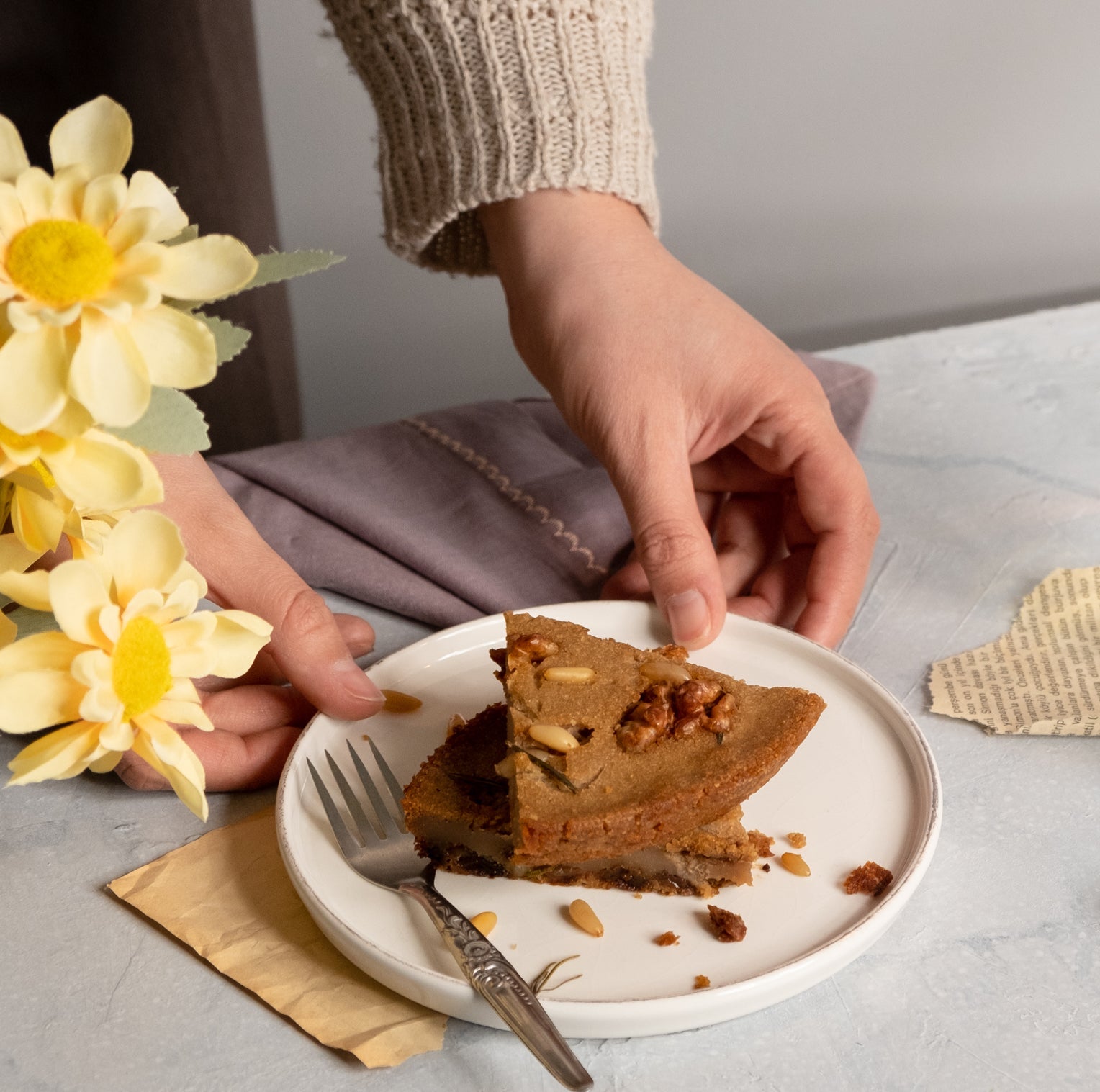How does the price for OEL, our Greek organic extra virgin olive oil, come about?
Here we explain why OEL costs what it does.
When does an olive tree bear fruit?An olive tree only bears fruit after about 10 years. From the age of 25 it gives a significant yield.
What is a “notable yield” for an olive tree?
How much an olive tree produces depends on many factors: the location, the type of olive, the age of the tree, how it is cut and, of course, last but not least, climatic conditions. The latter are the great imponderables. If it is too dry, the tree will produce few or small fruits, but if it is too moist at the wrong time, there will be more pest infestation. And the olive tree cannot tolerate temperatures below -10°C.
By the way, olive trees only produce good yields every two years. This has to do with the pruning, because the two-year-old branches in particular bear well.
Taking all these factors into account, it is said that an olive tree bears 50 kg to 100 kg of fruit.
How much extra virgin olive oil do you get from a tree?
Our olive variety, the Koroneiki, has a yield of 20-25%, that is, 4 to 5 kilos of olives produce 1 liter of olive oil. (For comparison: a yield of 67% is expected for apple juice.) This means that harvesting one tree produces 10 to a maximum of 25 liters of olive oil.
And how long does it take to harvest a tree by hand?
Harvesting a tree by hand takes about 30 minutes with four people, or about two person hours.
Why do you even harvest by hand?
There are as many good reasons to harvest olives by hand as ever!
On the one hand, the rocky, hilly to mountainous topography in Messenia is not well suited for mechanical harvesting. On the other hand, the groves are often centuries old, so the trees are quite large and, as is typical for olive trees, very overgrown. However, for mechanical harvesting you need small, regularly grown trees. In addition, harvesting by hand protects the animals that live in the grove, such as birds, it allows better control over the quality of the olives and, last but not least, it creates jobs.
![]()
What costs arise after the harvest?
After the harvest, the olives are transported to the oil mill as quickly as possible, where they are processed into mash and our OEL is extracted cold (below 27° C) using modern centrifuges.
The OEL is then stored in stainless steel tanks and is filled into our canisters as required and sent to Germany.
After oil production, there are costs for the canisters, filling, transport and finally distribution in Germany.
How does the OEL get to Germany?
We currently get our OEL the conventional way by truck.
In order to save not only costs but also fuel, we decided to use tin cans instead of glass bottles. These have a significantly lower weight and can be packed and stacked more efficiently due to their angular shape.
OEL covers a distance of 1,850 km as the crow flies.
In Germany, there are costs for storage, for transport to the shops or directly to your home and of course we, who keep the whole thing running, as well as the retailers who keep OEL ready for you, also have to earn a living.
Oh yes, and in the end there is VAT on all of this.

With all of this in mind, it becomes clear that a seriously produced, good Greek organic extra virgin olive oil can never cost less than €18.00/liter in Germany.
By purchasing OEL, you are not only purchasing very healthy and high-quality food for yourself, but you are also creating a livelihood for a number of families in Greece and Germany.
By purchasing OEL, you also support the preservation of a centuries-old cultural landscape, promote traditional rural agriculture and the production of pure and natural food.
That's why we see ourselves not only as traders and producers of high-quality delicatessen, but also as ambassadors for the Greek olive and its traditional (= sustainable) cultivation.
And what actually happens in the groves the rest of the year?
The groves need to be cleared of weeds 1-2 times a year, mainly because of the risk of fire. Then every two years we coat the tree trunks with a white layer consisting of lime and copper sulfate to protect them from diseases and pests. In addition, the trees are supplied with organic fertilizer almost every year.
And this is also true:
In Germany we also benefit from the intra-European wage gap. Although we pay our harvest workers significantly more than the legal minimum daily wage in Greece (€34.84),




Leave a comment
All comments are moderated before being published.
This site is protected by hCaptcha and the hCaptcha Privacy Policy and Terms of Service apply.